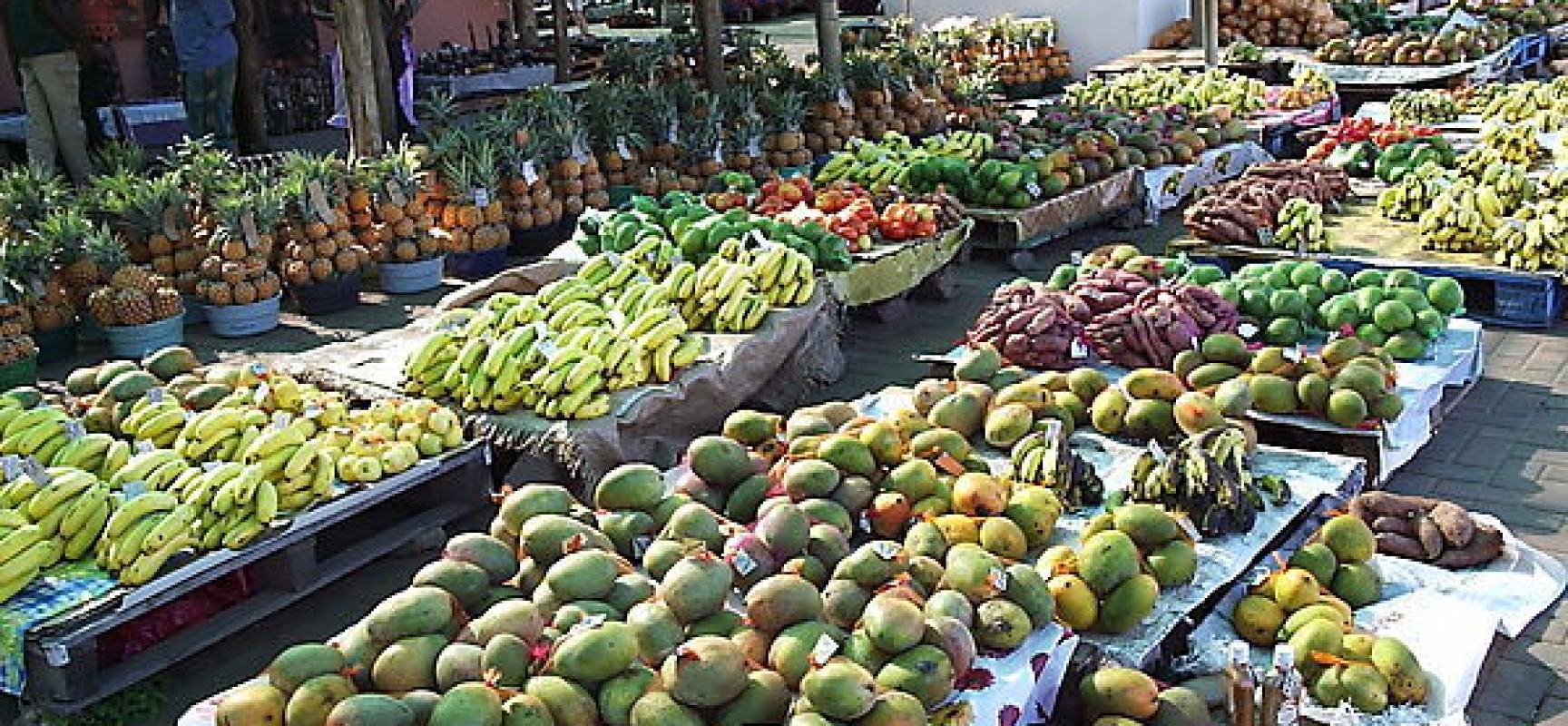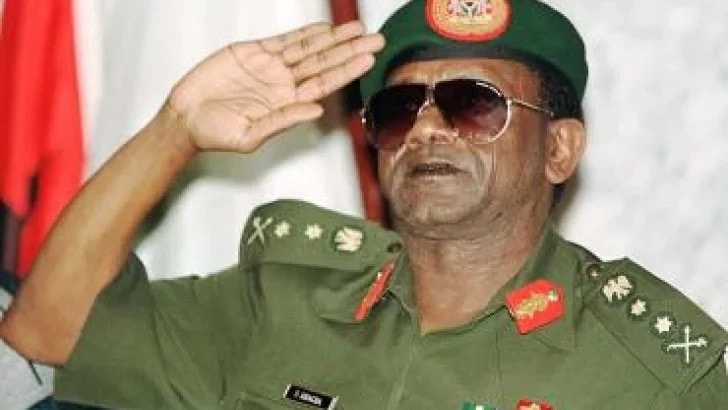By ABBA MAHMOOD –
India is not only a modern nation but an ancient empire and also one of the oldest civilizations. It is one of the most fascinating places on earth. For every human being, there is something of interest in India. Is it the historical sites or the delicious cuisine or the beautiful geography or even the hospitable and friendly people, you name it, and India has it. It is a marvellous place with fabulous people.
It is not easy to manage over one billion people, especially if it is under a democratic setting. This is exactly what India has been able to do for over 70 years now. All around India are countries that are either authoritarian or have experienced dictatorships of one kind or another. India has been consistently democratic since independence in 1947. The freedom being enjoyed by Indians is comparable to any in the world.
It is a country of diversity too. Virtually every human colour or shape is represented in India. Virtually every philosophy or religious belief has adherents in India. Although the majority are Hindus, there are Indians who are Christians and India has the second largest Muslim population in the world, all living in relative peace and harmony.
India occupies the greater part of South Asia. It is a constitutional republic consisting of 29 states, each with a substantial degree of control over its own affairs; 6 less fully empowered union territories; and the Delhi national capital territory, which includes New Delhi, India’s capital. With roughly one-sixth of the world’s total population, India is the second most-populous country, after China.
It is known from archaeological evidence that a highly sophisticated urbanized culture—the Indus civilization—dominated the north-western part of the subcontinent from about 2600 to 2000 BCE. From that period on, India functioned as a virtually self-contained political and cultural arena, which gave rise to a distinctive tradition that was associated primarily with Hinduism, the roots of which can largely be traced to the Indus civilization. Other religions, notably Buddhism and Jainism, originated in India—though their presence there is now quite small—and through the centuries residents of the subcontinent developed a rich intellectual life in such fields as mathematics, astronomy, architecture, literature, music, and the fine arts.
Throughout its history, India has been intermittently disturbed by incursions from beyond its northern mountain wall. Direct administration by the British, which began in 1858, effected a political and economic unification of the subcontinent. When British rule came to an end in 1947, the subcontinent was partitioned along religious lines into two separate countries—India, with a majority of Hindus, and Pakistan, with a majority of Muslims; the eastern portion of Pakistan later split off to form Bangladesh. Many British institutions stayed in place (such as the parliamentary system of government); English continued to be a widely used lingua franca; and India remained within the Commonwealth. Hindi became the official language (and a number of other local languages achieved official status), while a vibrant English-language intelligentsia thrived.
India remains one of the most ethnically diverse countries in the world. Apart from its many religions and sects, India is home to innumerable castes and tribes, as well as to more than a dozen major and hundreds of minor linguistic groups from several language families unrelated to one another. Religious minorities, including Muslims, Christians, Sikhs, Buddhists, and Jains, still account for a significant proportion of the population; collectively, their numbers exceed the populations of all countries except China.
At independence, India was blessed with several leaders of world stature, most notably Mohandas (Mahatma) Gandhi and Jawaharlal Nehru, who were able to galvanize the masses at home and bring prestige to India abroad. The country has played an increasing role in global affairs.
Contemporary India’s increasing physical prosperity and cultural dynamism—despite continued domestic challenges and economic inequality—are seen in its well-developed infrastructure and a highly diversified industrial base, in its pool of scientific and engineering personnel (one of the largest in the world), in the pace of its agricultural expansion, and in its rich and vibrant cultural exports of music, literature, and cinema. Though the country’s population remains largely rural, India has three of the most populous and cosmopolitan cities in the world—Mumbai (Bombay), Kolkata (Calcutta), and Delhi. Three other Indian cities—Bengaluru (Bangalore), Chennai (Madras), and Hyderabad—are among the world’s fastest-growing high-technology centres, and most of the world’s major information technology and software companies now have offices in India.
Much of India’s territory lies within a large peninsula, surrounded by the Arabian Sea to the west and the Bay of Bengal to the east; Cape Comorin, the southernmost point of the Indian mainland, marks the dividing line between those two bodies of water. India has two union territories composed entirely of islands: Lakshadweep, in the Arabian Sea, and the Andaman and Nicobar Islands, which lie between the Bay of Bengal and the Andaman Sea.
It is now generally accepted that India’s geographic position, continental outline, and basic geologic structure resulted from a process of plate tectonics—the shifting of enormous, rigid crustal plates over the Earth’s underlying layer of molten material. India’s landmass, which forms the north-western portion of the Indian-Australian Plate, began to drift slowly northward toward the much larger Eurasian Plate several hundred million years ago (after the former broke away from the ancient southern-hemispheric supercontinent known as Gondwana, or Gondwanaland). When the two finally collided (approximately 50 million years ago), the northern edge of the Indian-Australian Plate was thrust under the Eurasian Plate at a low angle. The collision reduced the speed of the oncoming Plate, but the underthrusting, or subduction, of the Plate has continued into contemporary times.
For us in the developing world, India has been a champion of decolonization and development. Despite its huge population it has been helping especially us Africans with training, manpower and technology transfer. For all these, India has a fair share of its negative publicity from the global mainstream media: it is said that it is a country with highest rape cases and, recently, that it is also experiencing xenophobic attacks!
It appears some people want to create a gap between Africa and India, a sure impossible task. But we know the role of India in our independence struggle and our development efforts, and for this we know that India is our friend indeed.
History is on the side of the oppressed.
#











